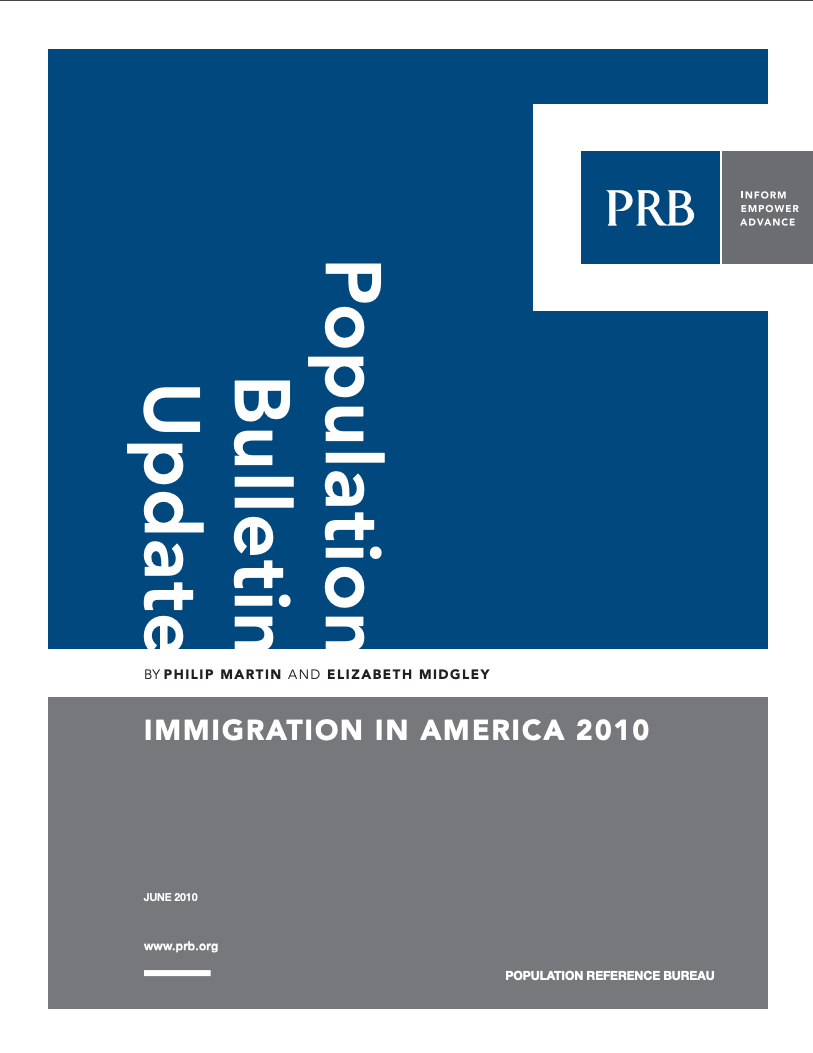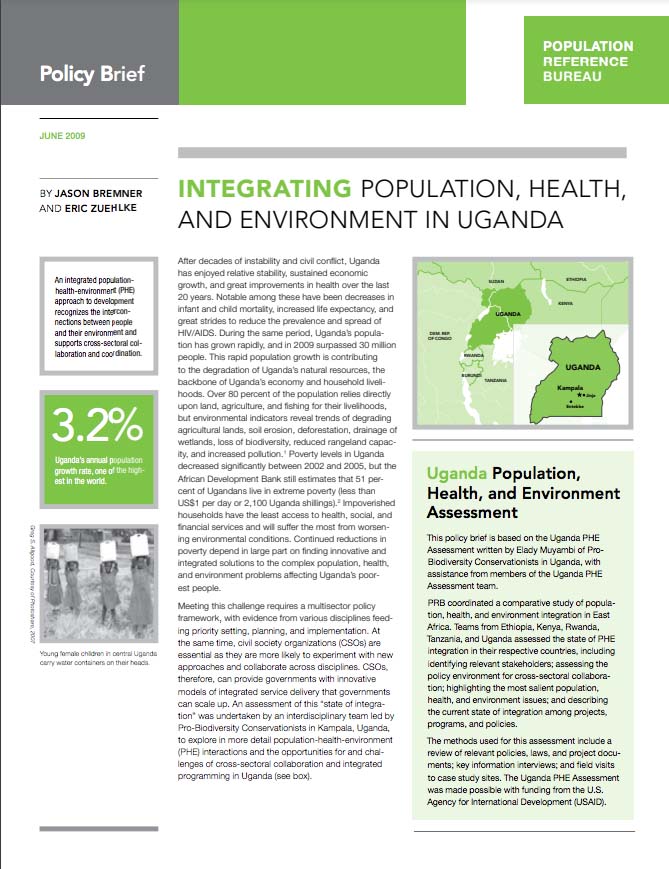Reducing Child Malnutrition in Sub-Saharan Africa: Surveys Find Mixed Progress
(2008) Chronic malnutrition has been a persistent problem for young children in sub-Saharan Africa. A high percentage of these children fail to reach the normal international standard height for their age; that is, they are "stunted."


